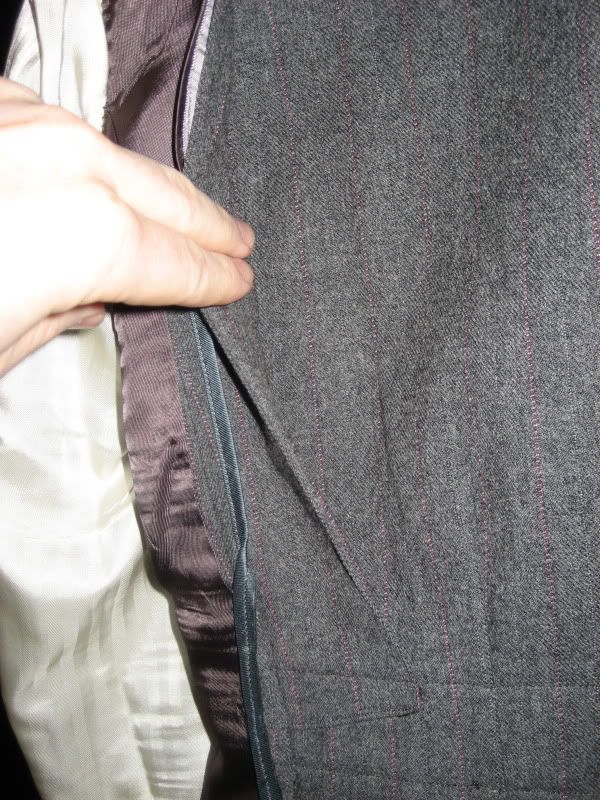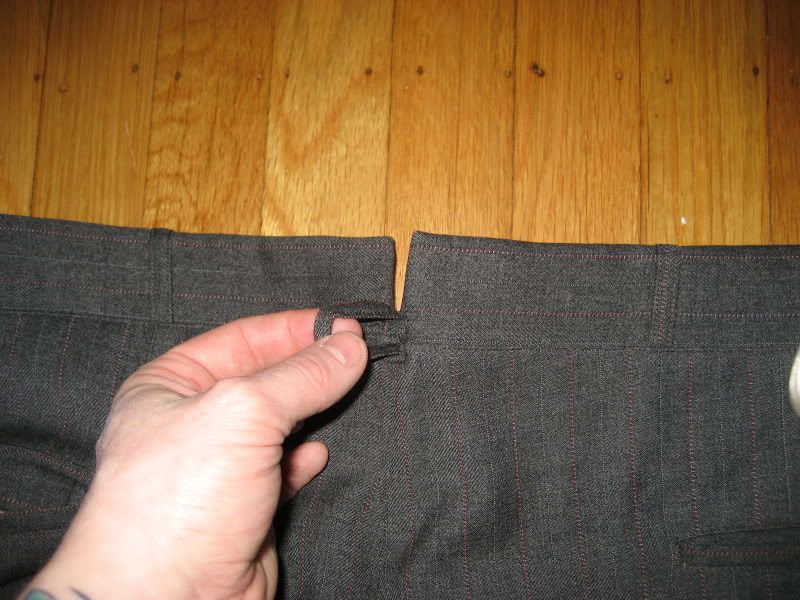Marc,
This response will not be on the level you are looking for but...
In reference to the Faber, from my limited knowledge I find it odd to have on a set of trousers that early (1910-11) to have all three waist arrangements: waist adjusters, suspender/brace buttons and belt loops. In particular the belt loops on trousers so early. Also the two flapped and buttons back pockets caught my eye as well.
This response will not be on the level you are looking for but...
In reference to the Faber, from my limited knowledge I find it odd to have on a set of trousers that early (1910-11) to have all three waist arrangements: waist adjusters, suspender/brace buttons and belt loops. In particular the belt loops on trousers so early. Also the two flapped and buttons back pockets caught my eye as well.





































